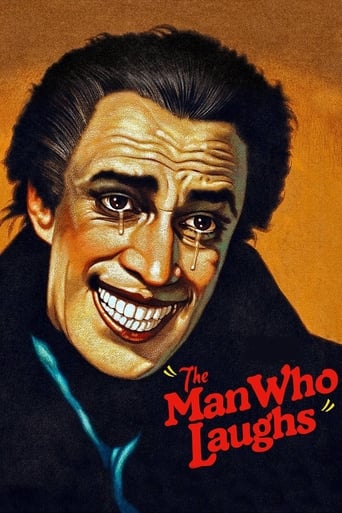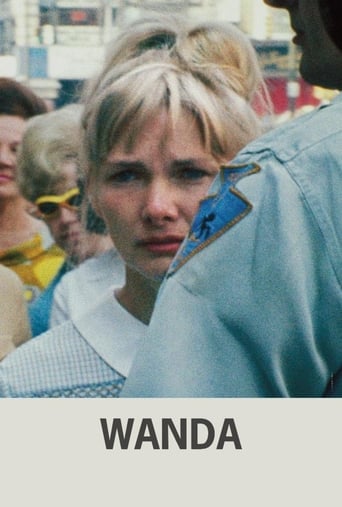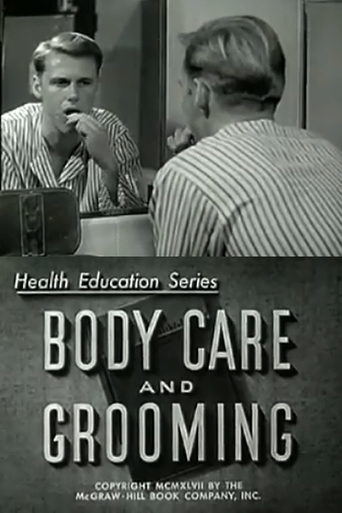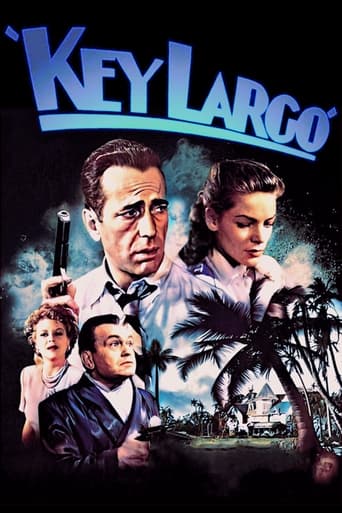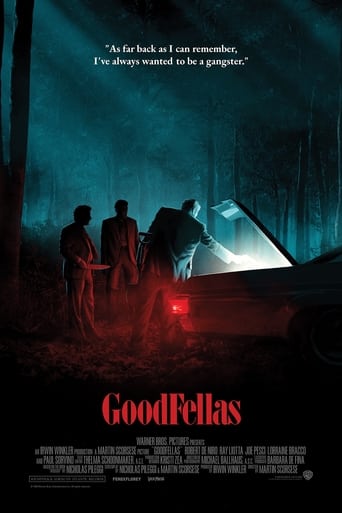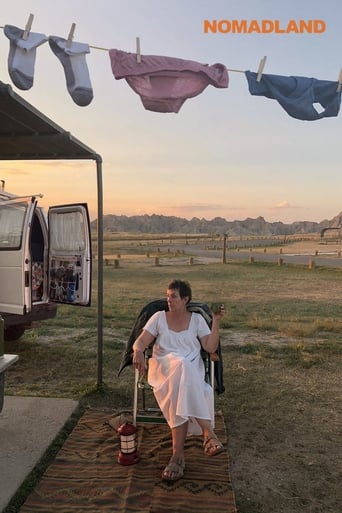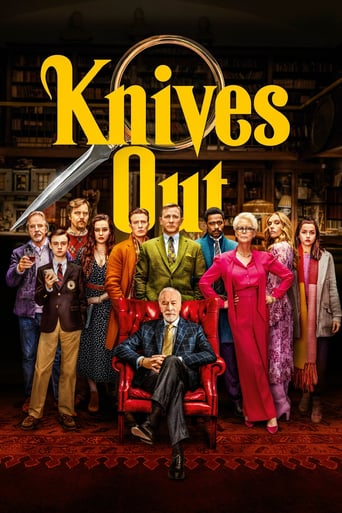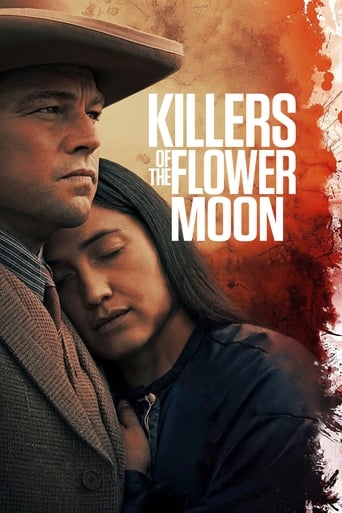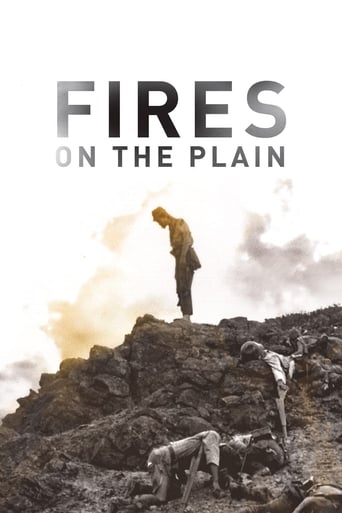


Fires on the Plain
In the closing days of WWII, a Japanese soldier afflicted with tuberculosis is abandoned by his company and left to wander the Philippine island of Leyte.
-
- Cast:
- Eiji Funakoshi , Osamu Takizawa , Mickey Curtis , Mantarō Ushio , Kyū Sazanka , Hikaru Hoshi , Masaya Tsukida


Similar titles
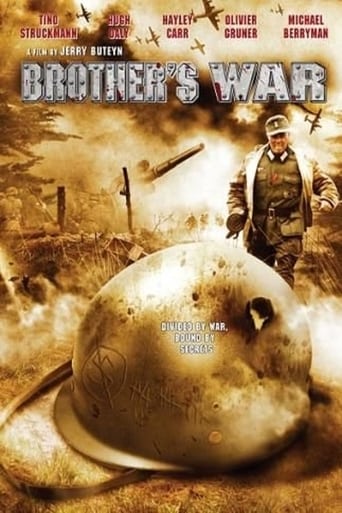

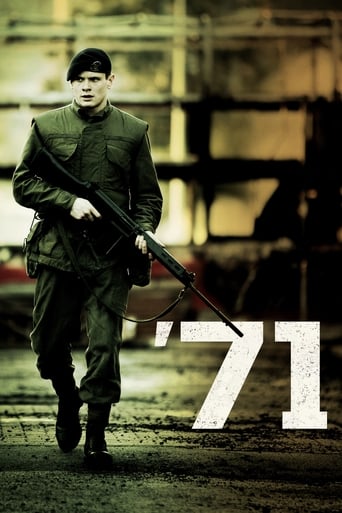
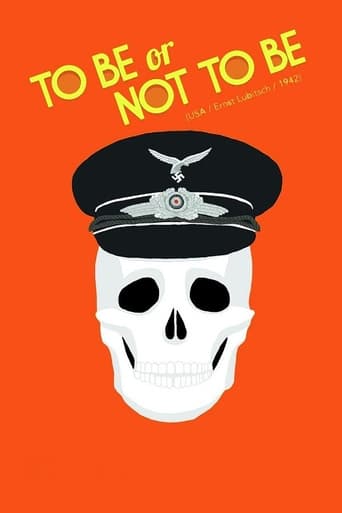
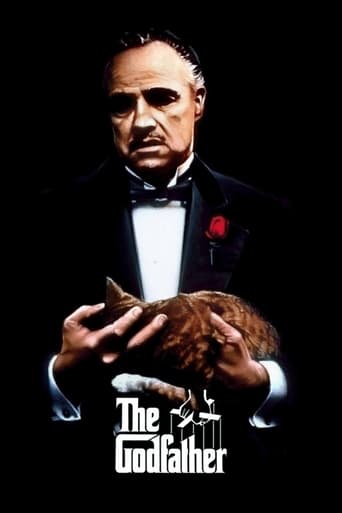
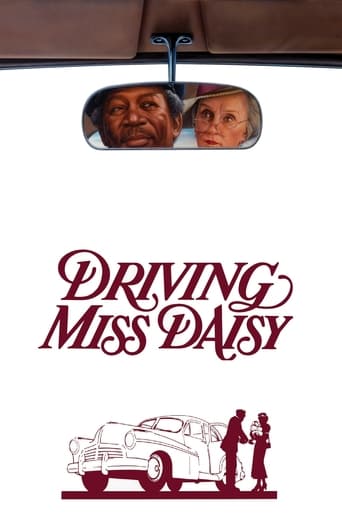
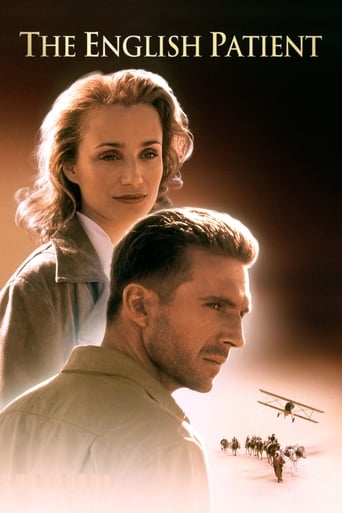


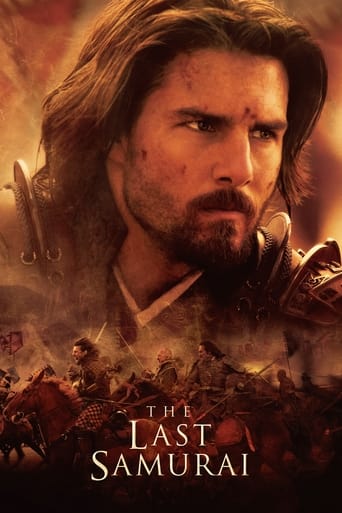
Reviews
The Worst Film Ever
Admirable film.
Absolutely the worst movie.
A Masterpiece!
Viewed on Streaming. Restoration = ten (10) stars; cinematography = nine (9) stars; subtitles = eight (8) stars; score = seven (7) stars. Director Kon Ichikawa provides a grisly series of scenes depicting the hell of modern warfare for the abandoned, losing side as WWII is ending. The story, as such, is set in the Philippines (but exteriors are filmed in Southern Japan) and depicts three soldiers whose paths often cross while each is left to his own devices desperately trying to survive (moment-to-moment) and escape starvation. These protagonists are defeated and sick/injured infantrymen no longer (if ever) heroic or patriotic, but simply draftees looking for a way out of hell be it via: surrender (depicted by the Director as not an option offered by the Americans); suicide (often shown); or POW camp if found wounded, but still alive by American medics (suggested by the Director). There is another option: indefinably hiding and surviving on "monkey meat" in a jungle where there are no monkeys. The photo play is not so much a story as a strung-together collection of statements on the horrors of war in a semi-documentary format (see below). Here and there a bit of black humor emerges. Even in this hell hole, some culturally inculcated Japanese traditions survive, as depicted by Ichikawa, such as a semblance of politeness between those of the same (or unknown) rank. The three leading actors deliver excellent performances. Actor Eiji Funakoshi is a standout with "unusual" facial expressions that add greatly to the feeling of expect-the-unexpected as events unfold. The Director occasionally resorts to voice over for scene "clarification," but this low-cost expository crutch seems to diminish rather than enhance. The movie could benefit from some judicial re-editing. It is a bit too long, and drags now and then. Re-editing might also allow the impact of the film's war horrors to progressively build rather than continuously run flat out. (Viewers can become desensitized to subsequent war horrors having been exposed to so many packed into what has already occurred.) The fires (actually near-perfect vertical columns of smoke) are never fully explained (but some seem to be caused by farmers burning post-harvest waste). Also never fully explained is the film's ending. (Since two principal characters have already died, is the death of the third protagonist now required for symmetrical, loop-closing story reasons?) Cinematography (wide screen, black and white) and lighting are excellent. Ichikawa confidently and fully fills the wide screen providing an epoch, panoramic feel. Black and white photography lends a documentary polish and seems appropriate for the subject matter. The score initially adds to this epoch approach, but, unfortunately, is progressively diminished on the sound track as the film proceeds. Subtitles lengths and time-on-screen are excellent; text font seems to have been carefully selected to be especially easy to read (which is usually not the case in Japanese-language movies)! Highly recommended, but disturbing to watch. WILLIAM FLANIGAN, PhD.
So few films deserve the designation of "Masterpiece" For me, this finely-honed, abrasive immersion in war is one of the few. It is brutal and unrelenting, it is bluntly sincere in intent, and brilliantly depicts the depths of degradation the human condition can reach when immersed in the killing fields.Fires On The Plain is, in no way, a pleasant film, and if you're one who desires a "good guys versus bad guys" with a triumphant ending, look elsewhere. Director Ichikawa has seen first-hand the results of mass killing, and his bleak black-and-white composition stands as a persuasive caution to those who still believe in the brutality of battle to solve man's continuing hostility to his own kind--that the acting is consistently compelling and the photography stunning does not detract from the ultimate message. Not recommended as entertainment of a light kind, but as a compelling vision of a holocaust.
When we think of the John Wayne type of World War II film, we think of a group of autonomous soldiers, driven to achieve their missions. They lose men along the way; the ways of battle take their toll. But they are usually clean, well fed, and healthy. I know from watching documentaries about this war that both American and enemy soldiers did not always have this luxury. Sometimes the cost of war was infection, starvation, and injury. There wasn't always a clean, decisive end to these maladies. This is a film which is from the Japanese perspective. The army is already in disarray, starving, full of disease, but still forced to continue its mission in Leyte. They have been defeated, but their adversaries don't know that and continue to shell them and attack them from superior positions. These soldiers are, once again, pawns of a government, lustful for power, making them expendable. This is the film equivalent of a man hanging on a cliff, hoping for one more hour of life. Around him are similar people who have turned to pillaging, killing their comrades, and, yes, even cannibalism. They are stick men, barely casting shadows in the sewage they inhabit. They share salt or kill for it. This is a hard film to watch, but anyone who does should be aware of the costs of war. Brilliantly filmed and produced.
Yet again, I appear to be the only person on planet Earth who is capable of criticizing Japanese films made before 1970. "Fires on the Plain" (1959) is another in the seemingly endless line of "classics" that get all sorts of praise for no apparently good reason. As much as I love to overgeneralize and psychoanalyze all of these moviegoers who have such horrible taste in film, it's still nearly impossible to rationalize why anyone would ever think that poorly made fluff like this should be proclaimed as some sort of "masterpiece." What I find truly ironic is that fans of derivative "classics" like "Fires on the Plain" focus so much on "inside the box" movie-making (orthodox grading standards like scriptwriting, acting, camera-work, etc.) yet it always seems like the most highly revered "classics" are most deficient in these very standards. For example, one of the laziest copouts for a filmmaker involves forced verbal exposition where characters basically explain everything for the viewer even when the constructed scenario is totally artificial. Most surprisingly, the very first scene in "Fires on the Plain" uses this indolent tactic to the extreme.After a funny head slap, the following useless dialogue assaults the viewer, "Why can't you grasp the situation? We landed to the west under heavy fire to reinforce units at Tacloban. We lost two-thirds of our men. Our artillery was sunk in transit. We tried to reach Burauen airfield by crossing the central mountains but without artillery it was impossible. The enemy's counterattack forced a fanout across the valley. You know that." So why, exactly, is one character telling another character something he already knows? Oh yeah, that's right, the makers of this film are too lazy to think of more natural ways to communicate this information. You see, a quality film would actually show these events happening, or at worst it would involve dialogue involving one character who has no knowledge of those events. Heck, even an opening summary in paragraph form directed at the viewer would have been better than what transpired here.Such instances of poor quality movie-making are littered throughout "Fires on the Plain" to the point where this film feels like it was written by imbeciles for imbeciles. For example, the lead character stumbles upon some skeletons wrapped in Japanese garb. Instead of doing the natural thing like – oh I don't know – giving a depressed mannerism, the character blurts out "Japanese soldiers." Thanks buddy, but I could have figured that one out for myself.Even worse, this movie is saturated with over-dramatic ploys. The most ridiculous scene involves a pair of boots. Picture this. A soldier walks along and finds a pair of worn out boots. One would think that such a find is utterly useless, but it turns out that the soldier's boots are in even worse condition, so he picks up the worn boots and leaves his SUPER worn boots behind. Fine, I get the point. The soldiers are in rough shape – a fact that is already clearly emphasized with their worn boots to begin with. The scene is ridiculous, but I was ready to let it go, until the SECOND soldier arrives! You see, he finds the previous soldier's SUPER worn boots and notices – get ready, cause here it comes – that his boots are SUPER DUPER worn boots! Lucky man, he picks up the SUPER worn boots and leaves his SUPER DUPER worn boots behind. But you see, that's not all – because the THIRD soldier then arrives! He finds the previous soldiers SUPER DUPER worn boots and inspects them, along with his own SUPER DUPER worn boots. Since both pairs suck, he tosses them both aside and smiles as he continues barefoot. At this point I was ready to throw my television through my living room window. The heavy handedness, overdramaticism, and paramount absurdity of this sequence is beyond bad film-making. It's SUPER DUPER bad film-making.There are a number of similar, completely stupid moments to be had. Like the time when the lead character asks someone, "Hey, are you dead?" Like the guy is going to answer "Yes" if he actually kicked the bucket. I'll also be the first to condemn the subpar performance of the lead actor, who is the quintessential posterchild for artificial reaction. I laughed hard during that opening head slap where his head slingshot back in place with this stupid, goofy expression on his face.The fact that this trivial fluff piece gets an IMDb average rating of 8.4 while a certifiable masterpiece like "A Tale of Two Sisters" (2003) only gets a 7.5 is the height of mass stupidity. And to think that some people actually delude themselves into thinking that "AToTS" doesn't make sense. Well, not every movie can have completely outrageous SUPER DUPER worn boots on its side.

